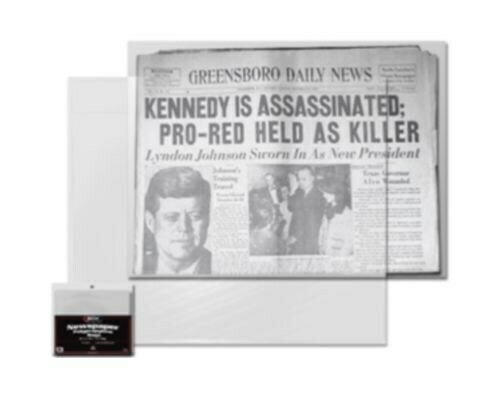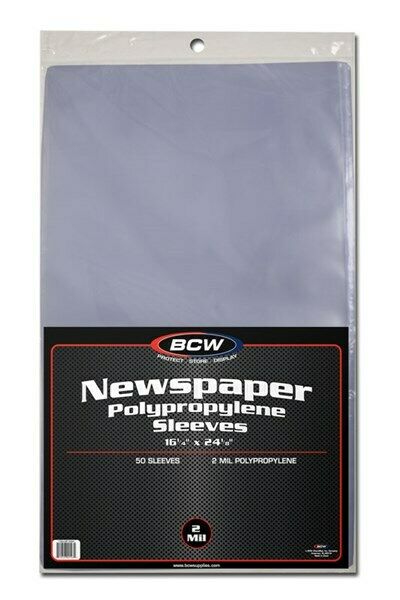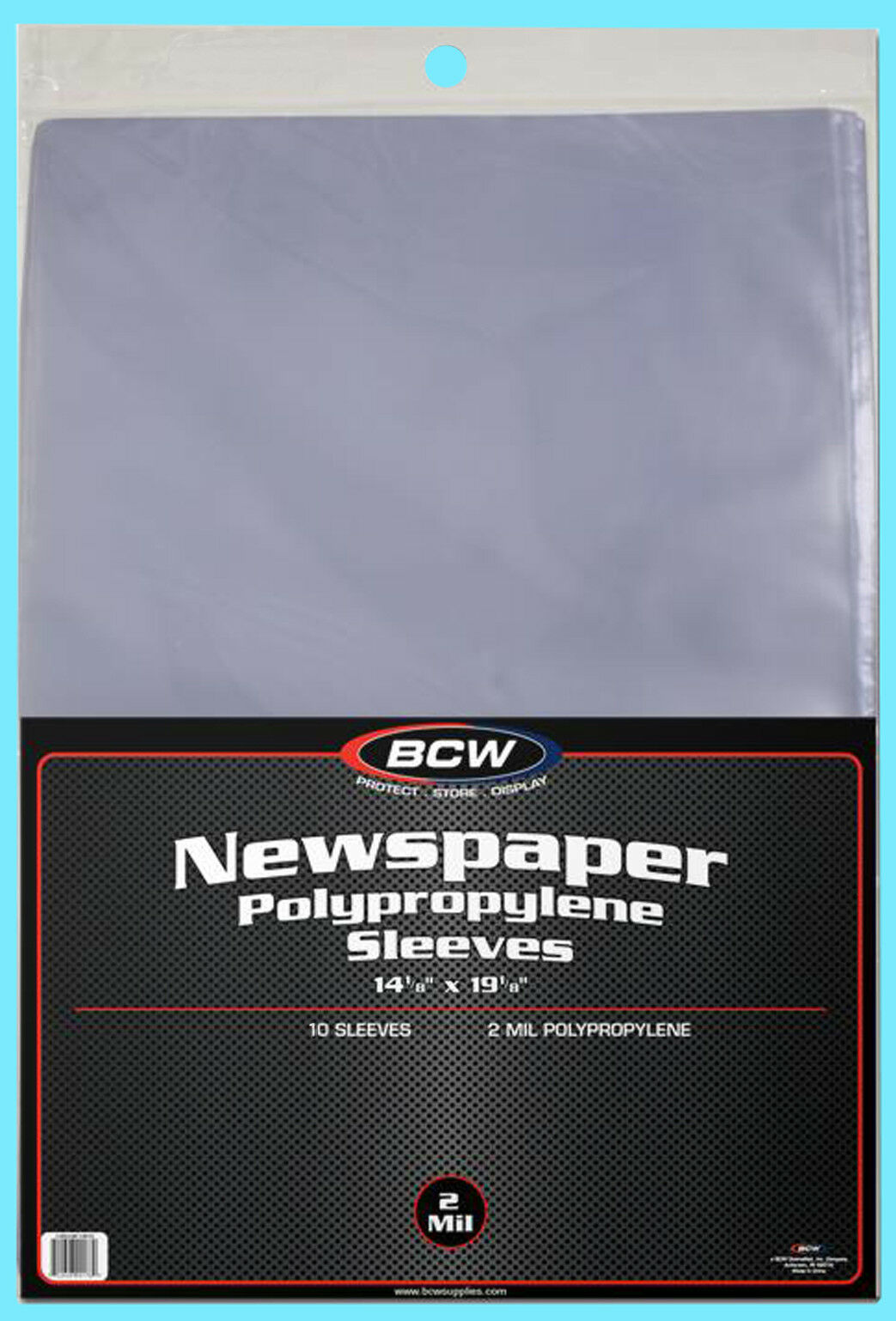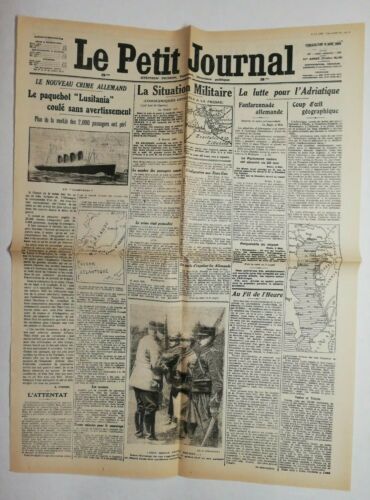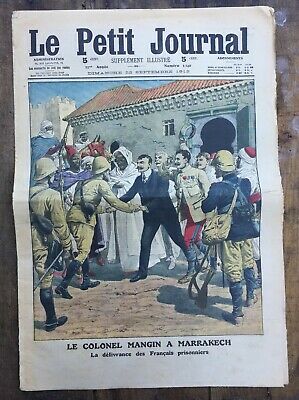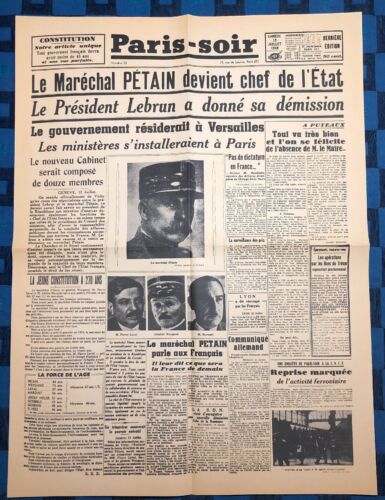-40%
[ Press WW2 39-45] " Franc Tireur " #289 5 June 1945 Eo Churchill de Gaulle
$ 17.92
- Description
- Size Guide
Description
[WW2 PRESS - 39/45]Maverick
At the vanguard of the Republic
Rare!
5th year - N ° 289
Tuesday, June 5, 1945
-
First Printing
Original Edition
Small In-Folio, (approximately 43.5 x 29cm), 2pp.
(1 sheet printed on both sides)
-
Newspaper
yellowed
like always
copy folded in 2, depending on the numbers may have various folds and small tears,
folds on folds and edges, small holes, etc ...
Fair condition, clean
cf. visuals ...
Very rare document
Sold as described, as found
"Franc-Tireur"
Franc-Tireur is a resistance movement founded in Lyon in November 1940 under the name “France Liberté”, renamed “Franc-Tireur” in December 1941 on the proposal of Jean-Jacques Soudeille.
The leader of the movement was Jean-Pierre Lévy.
Le Franc-Tireur is also the name of the underground journal of the movement, which went through thirty-seven issues from December 1941 to August 1944.
Under the aegis of Jean Moulin, the movement will merge with Liberation-Sud and Combat to form the United Movements of the Resistance (MUR).
Franc-Tireur is the movement in the southern zone that has the most Lyon ties. Founded in 1941 by a group of men from various backgrounds, it is a movement bringing together personalities with the same political sensitivity, an opposition to the armistice and, from the outset, to Marshal Pétain himself.
Birth and early days
The initiators of the movement meet at home or during card games at the “Moulin Joli” café, place des Terreaux. The first members are Antoine Avinin, member of JEUNE République and left Catholic, Auguste Pinton, former municipal councilor, Élie Péju and Jean-Jacques Soudeille,
former communists turned radical.
They and a few others regroup and at the end of November 1940 founded a movement which they called
"France-Liberté" whose goal is to fight against government propaganda and to mobilize against defeat and the authoritarian order that is being established. The group begins by writing leaflets against the Nazis and Pétain which, for lack of resources, are limited to small numbers of hand-typed copies.
Jean-Pierre Lévy and the birth of the newspaper
The group takes off for the first time with the arrival of Jean-Pierre Lévy, an Alsatian refugee who brings a mimeo in the spring of 1941 and launches the idea of growing in its dissemination force by publishing a real newspaper.
With the support of the printer Henri Chevalier, the first copy was released in December 1941 in 6000 copies. It is printed on four pages in size 21 by 27.5 cm. The title of Franc-Tireur is an allusion to the groups of volunteers who were formed in 1870 outside the legal frameworks to defend the homeland and the Republic. The tone is humorous and offensive against the Marshal and the Germans. The defended themes are the opposition to the new order and the occupier, the denunciation of these misdeeds, the call for resistance of all goodwill. The conclusion of its number 1 is "A single task is imperative: resist, organize".
Movement development
The group becomes a movement which seeks to act more than simply by the weapons of the spirit. Jean-Pierre Lévy thus made contact with emissaries from London such as Léon Morandat and the leaders of other movements. Having as a commercial framework profession, Lévy has a cover to circulate and he creates branches in the Rhône-Alpes region, and more generally wherever he has solid relations. He was heavily helped by his family, such as his sister and his brother-in-law, who established the movement in Roanne. Quickly, the movement took shape in the Loire, the Mediterranean coast, Cantal and, more slightly, in Languedoc-Roussillon and the Toulouse region.
Journal extension
Quickly, at the head of the newspaper is found a tradesman, Georges Altman, journalist of the Progress. He is effectively assisted by Élie Péju. The journal is improving to become a regular and professional organ for disseminating ideas. Its printing places are multiplying: Lyon, Saint-Étienne, Morez, Albi, Bordeaux, Valence, etc. After the offices were set up at no 19 boulevard de Sébastopol in Paris, in August 1943, the newspaper was printed there from February 1944. The circulation increased steadily, from 15,000 in April 1942 to 30,000 in November, then 100,000 in September 1943 and 150,000 copies in August 1944.
The tone of the newspaper is very offensive, as much towards the Germans as against the men of Vichy.
Very early on, the fate of the Jews was denounced, in particular with a leaflet produced in August 1942 to protest
against the Vél 'd'Hiv' roundup and an article from February 1944 detailing the Nazi concentration camps.
Conversely, democracy and the republican regime are defended in each issue. The team, through the newspaper, encourages the population to come together for each commemorative event and thus express their opposition to the situation; whether it's July 14 or November 11.
The newspaper has a very stable editorial team, but from time to time welcomes outside pens such as Jean Nocher, Albert Bayet or Marc Bloch (executed by the Gestapo on June 16, 1944), the latter two eventually becoming full members. some movement.
Military actions
In 1942, the movement decided not to be content with words and organized sabotage actions,
hiding places of fugitives or information.
They stand out in particular by an important coordinated action in November 1942 in Lyon,
Clermont-Ferrand, Roanne, Limoges, Périgueux and Vichy. In December 1942, they managed to do major damage in the France-Rayonne factory. From the summer of 1942, Jean-Pierre Lévy and his contacts in Grenoble Léon Martin and Aimé Pupin began to organize hideouts in Isère to hide young people.
who refuse to go to Germany.
Franc-Tireur was created in Lyon in December 1941, by a group made up of Élie Péju (former member of Humanity),
Georges Altman, Marc Bloch and Yves Farges (known as “Grégoire”). It was illegally printed in Lyon, rue Vieille Monnaie,
by Eugène Pons (the latter was deported and died in Neuengamme, Germany).
Franc-Tireur was one of the
most influential among the underground dailies born of the Resistance
: he gave his support to General de Gaulle and
chaired the permanent office of the National Federation
of the underground press (created in November 1943).
In 1945,
Franc-Tireur moved into the former L'Intransigeant printing press, located at 100, rue Réaumur, Paris-IIe.
Daily morning, its edition successively amounted to 60,000 copies (1941), 150,000 (1942), 165,000 (1944),
182,000 (1945), 350,000 (1947) and 370,000 (1948).
Its motto was "Franc-Tireur is not the newspaper of a Party, it is a
newspaper which takes sides ”. In October 1948, a split occurred within the management committee, part of which
of the members wanted a political orientation more to the left: the opponents, who had resigned, entered
Release. On November 18, 1957, Franc-Tireur was bought by Cino del Duca, publisher specializing in the press of the heart
; it changed its title to henceforth call itself Paris-Journal.
The following year, Péju and Altman, founders of FrancTireur, resigned.
To be continued on ebay ...
other periodical journals and rare documents from the same source will be sold soon
concerning the Press at the Liberation of Paris in 1944, the Capitulation of Germany in 1945 and the end of World War II, and also
concerning before and after the war
-
As always, you can request the combined shipping costs if you buy several books or documents ...
With the support of the printer Henri Chevalier, the first copy was released in December 1941 in 6000 copies. It is printed on four pages in size 21 by 27.5 cm. The title of Franc-Tireur is an allusion to the groups of volunteers who were formed in 1870 outside the legal frameworks to defend the homeland and the Republic. The tone is humorous and offensive against the Marshal and the Germans. The defended themes are the opposition to the new order and the occupier, the denunciation of these misdeeds, the call for resistance of all goodwill. The conclusion of its number 1 is "A single task is imperative: resist, organize". The group becomes a movement which seeks to act more than simply by the weapons of the spirit. Jean-Pierre Lévy thus made contact with emissaries from London such as Léon
![[ Press WW2 39-45]](/items/static/4835/612a145d85ba2dd568c51883.jpg)
